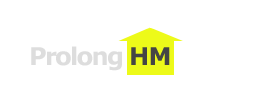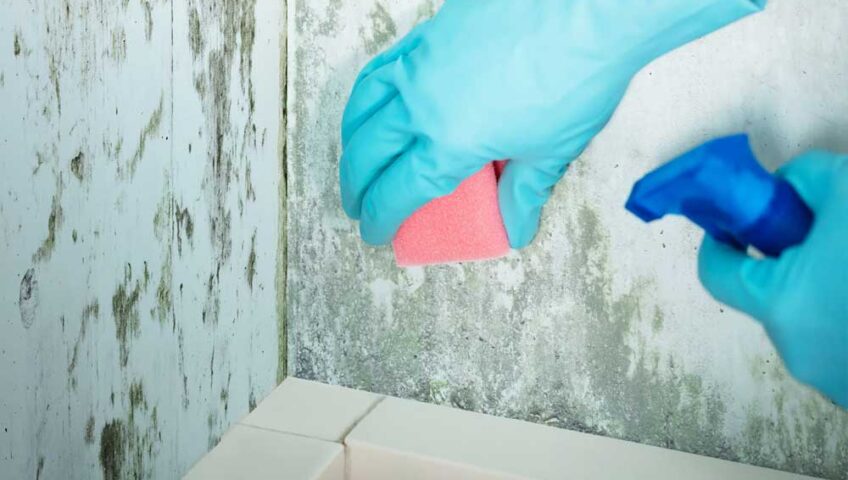Mold is a common problem for households in Australia, particularly in humid areas. It can cause serious health hazards if not properly addressed. In this article, we will discuss the different types of mold, their health hazards, and ways to get rid of them.
Types of Mold
There are different types of mold that can grow in your apartment or house. Some of the most common ones include:
- Aspergillus: This is a type of mold that can cause allergies and respiratory infections.
- Cladosporium: This type of mold can cause skin and nail infections.
- Stachybotrys: This type of mold is commonly known as “black mold” and can cause serious health problems such as respiratory issues, fatigue, and headaches.
Health Hazards of Mold
Mold can pose serious health hazards, especially for those with respiratory issues or weakened immune systems. Exposure to mold spores can cause allergic reactions, respiratory infections, and even lead to more serious health problems such as asthma or lung disease. If you suspect that you have mold in your apartment or house, it’s important to take action to get rid of it as soon as possible.
First and foremost, it is important to identify the type of mold present in your property. Some molds are harmless, while others can pose serious health risks. If you are unsure about the type of mold present in your home, it is advisable to seek the help of a professional mold inspector.
- Vacuum regularly: Vacuuming your carpets and floors regularly can help to remove dirt, dust, and other allergens from your home. This is especially important if you have pets or if you or anyone in your family suffers from allergies.
- Use the right tools: Using the right cleaning tools can make a big difference in the quality of your cleaning. Invest in a good vacuum cleaner, broom, mop, and other cleaning tools that are designed for your specific needs.
- Clean your windows: Cleaning your windows regularly can help to keep your home looking clean and bright. Use a glass cleaner and a microfiber cloth to clean your windows, and don’t forget to clean the window sills and frames.
- Use natural cleaning products: Natural cleaning products are a great alternative to harsh chemicals that can be harmful to your health and the environment. There are many natural cleaning products available in the Australian market that are safe, effective, and environmentally friendly.
- Clean your kitchen regularly: Your kitchen is one of the most important areas in your home that needs regular cleaning. Clean your kitchen counters, sink, and stove regularly to prevent the build-up of dirt, grease, and bacteria.
- Clean your bathroom regularly: Your bathroom is another important area that requires regular cleaning. Clean your bathroom sink, toilet, and shower regularly to prevent the build-up of mold, mildew, and bacteria.
- Dust regularly: Dusting your home regularly can help to remove dirt, dust, and other allergens from your home. Use a microfiber cloth or a feather duster to dust your furniture, blinds, and other surfaces.
- Organize your belongings: Organizing your belongings can make cleaning easier and more efficient. Keep your belongings in their designated places and avoid cluttering your home.
- Use steam cleaning: Steam cleaning is an effective way to clean your carpets, upholstery, and other surfaces. There are many steam cleaners available in the Australian market that can help you achieve a deep clean without the use of harsh chemicals.
- Hire a professional cleaner: If you don’t have the time or energy to clean your home regularly, consider hiring a professional cleaner. Professional cleaners can help you keep your home clean and tidy, and they can also help you with deep cleaning tasks that require special equipment or expertise.
- Clean your air ducts: Your air ducts can accumulate dust, dirt, and other allergens over time. Cleaning your air ducts regularly can help to improve the air quality in your home and prevent allergies and other health problems.
- Use a high-quality vacuum cleaner: A high-quality vacuum cleaner can help you achieve a deeper clean and remove more dirt and allergens from your home. There are many high-quality vacuum cleaners available in the Australian market that are designed for different types of surfaces and cleaning needs.
- Use a HEPA filter: A HEPA filter can help to trap allergens and other particles in your home, making it a healthier and more comfortable environment for you and your family.
- Use microfiber cloths: Microfiber cloths are an effective cleaning tool that can help you remove dirt and dust from your home without the need for harsh chemicals.
- Use vinegar and baking soda: Vinegar and baking soda are natural cleaning agents that can be used to clean a wide range of surfaces in your home. Mix vinegar and water in a spray bottle to clean your windows, and use baking soda and water to clean your kitchen sink and bathroom surfaces.
In conclusion, mold is a serious problem that can lead to health hazards if not properly addressed. It’s important to take action as soon as possible if you suspect that you have mold in your apartment or house. Use the tips outlined in this article to get rid of mold and keep your home safe and healthy.

